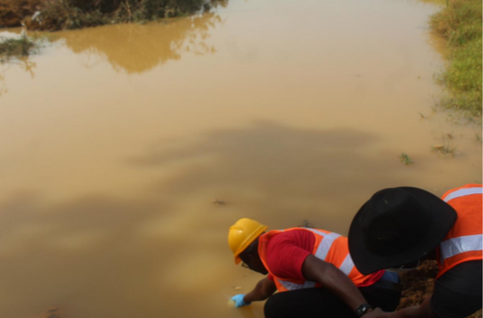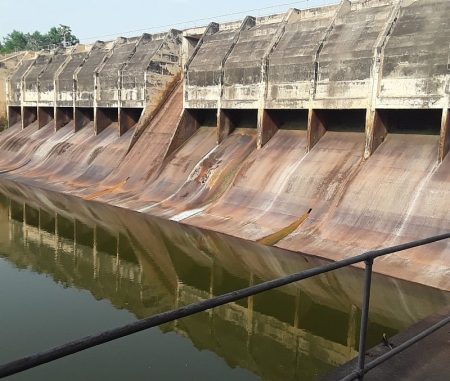Ghana’s Artisanal Gold Mining: A Toxic Legacy Unveiled
A comprehensive year-long study, conducted by Pure Earth in partnership with the Ghana Environmental Protection Agency (EPA), has unveiled a stark reality: extensive contamination from heavy metals like mercury, arsenic, and lead across Ghana’s artisanal and small-scale gold mining (ASGM) regions. The study, titled “Mercury and Other Heavy Metals Impact Assessment,” meticulously examined soil, water, air, fish, and food crops in six key regions: Ashanti, Eastern, Central, Western, Western North, and Savannah. The findings paint a disturbing picture of widespread pollution and its potential impact on human health and the environment, demanding urgent intervention and sustainable solutions.
Mercury Contamination: A Critical Concern
Mercury pollution emerged as a particularly alarming finding. In Konongo Zongo, located in the Ashanti Region, mercury levels in soil reached a staggering 1,342 parts per million (ppm), surpassing the safe limit by over 130 times. Airborne mercury in Wassa Kayianko, Western Region, also reached alarming levels, peaking at 150 μg/m³, a value 150 times higher than Ghana’s permissible limit. These findings strongly indicate the urgent need for targeted interventions to mitigate mercury pollution, especially given its known neurotoxic effects. The indiscriminate use of mercury in ASGM activities poses a significant threat to both the environment and human health, particularly for vulnerable populations living in close proximity to mining operations.
Arsenic and Lead: Pervasive Threats
The study also revealed widespread arsenic contamination, with dangerous levels detected in nearly all investigated regions. Soil in Konongo Zongo contained an astounding 10,060 ppm of arsenic, exceeding safe levels by a staggering 4000%. Water samples from Konongo Odumase also showed arsenic concentrations of 3.3 mg/L, far surpassing drinking water standards. Lead contamination was similarly prevalent, with concerning levels found in both fish and food crops. Fish samples from Akwaboso (Central Region) and Konongo Zongo exceeded World Health Organization (WHO) safety limits for lead, some samples reaching 2.8 mg/kg. Vegetables, such as pumpkin leaves from the Western North region, also showed elevated lead levels reaching 3.1 mg/kg.
Food Security and Public Health Undermined
The pervasive contamination extends to the food supply, with mercury, arsenic, and lead detected in staple crops like kontomire (cocoyam leaves), tomatoes, cereals, legumes, and tubers. The presence of these heavy metals in commonly consumed foods raises serious concerns about food security and the long-term health implications for communities reliant on these crops. The study also highlights the contamination of water resources, with several boreholes and streams used for drinking water registering lead and arsenic levels above WHO guidelines. This contaminated water presents a direct and immediate threat to public health, especially for vulnerable populations like children.
Long-Term Health Risks and the Call for Action
The study underscores the significant public health risks associated with chronic exposure to heavy metals through various pathways: inhalation, ingestion, and skin contact. Residents of mining communities, in particular, face chronic exposure, with potential long-term health consequences affecting the nervous system, kidneys, and child development. Given these severe public health implications, the researchers emphasize the urgent need for multi-sectoral action to address the contamination crisis.
Remediation, Monitoring, and Policy Reforms: A Path Forward
The study’s recommendations encompass a range of interventions, including: remediation pilots in heavily contaminated areas like Konongo Zongo, employing cost-effective technologies like phytoremediation; expanding air and water quality monitoring, particularly during dry and wet seasons; implementing community health education campaigns tailored to local cultural contexts; aligning policies with Sustainable Development Goals (SDGs) to promote responsible mining practices; establishing regional environmental intelligence units equipped with mobile labs for rapid assessment and response; and forming a National ASGM Environmental Response Task Force to coordinate efforts. These recommendations call for a coordinated and comprehensive approach to mitigate the ongoing environmental and health crisis, ensuring the long-term well-being of communities affected by ASGM activities.














